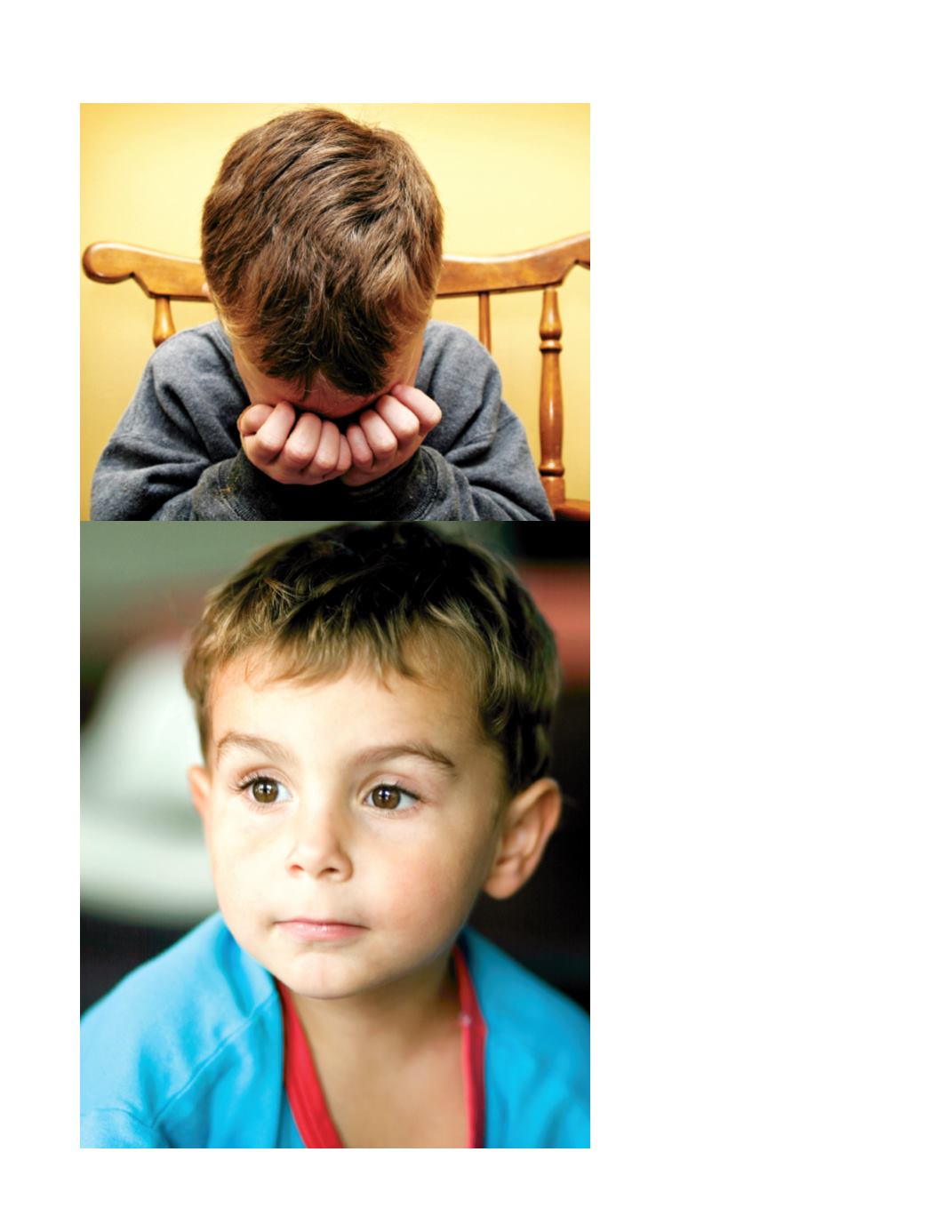
20
christian counseling today
Vol. 20 no. 2
children have been misdiagnosed.
2
Of the
many variables Elder and other researchers
studied, the child’s age when entering
school was a key factor in overreporting
ADHD.
When a child enters kindergarten at a
younger age than his or her peers, teachers
may confuse immaturity for ADHD.
Elder found that the younger the child
was compared to peers, the more likely
the diagnosis. Holding back a child one
year significantly decreased the probability
of a positive determination. Because
teachers play a vital role in referrals for
mental health services, children who are
young for their grade may be more at risk
for misdiagnosis.
3
I saw this happen at
my own child’s school. The age range of
kindergartner boys ranged from four to
seven-years-old. You can imagine how this
age spread impacted maturity levels within
the classroom. I noticed the teacher had
more concerns about the younger boys in
terms of their behavior and ability to stay
on task. She repeatedly talked to parents,
suggesting they might want their chil-
dren evaluated for ADHD. Conversely,
Elder also noted that the
oldest
child in
the classroom could be at risk for
under-
diagnosis
because he or she is compared
to younger counterparts who are likely to
be more immature. Thus, assessing chil-
dren by using within-grade standards can
be a problem when it comes to ADHD
diagnoses.
4
Misdiagnosis and Physical Effects
Misdiagnosis is also troubling because
of the potential long-term physical side
effects of using certain medications to
treat ADHD. When Elder reviewed the
literature base looking for existing studies
that have investigated the effects of meth-
ylphenidate (Ritalin) on children who do
not
have ADHD, he could not find any.
This means we are not absolutely sure how
commonly prescribed medications impact
those with incorrect diagnoses. However,
a 2006 study by Biederman and Faraone
found that users of extended-release meth-
ylphenidate delivery systems had elevated
pulse rates and blood pressure throughout


